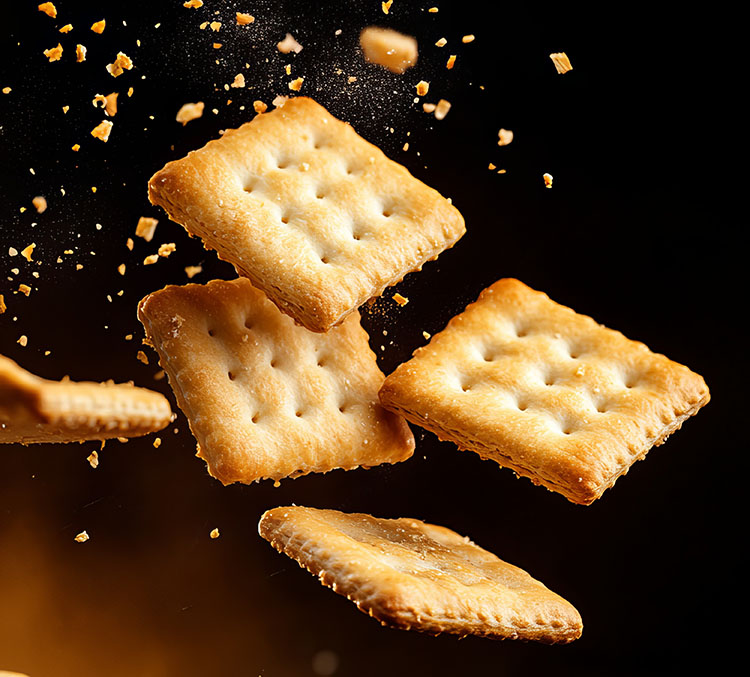
Two-stage mixing takes center stage
Two-stage batch mixing brings multiple advantages to industrial-scale baking. Two-stage batch mixing is especially suited to long-fermentation doughs, where structure and flavor are needed.
Two-stage batch mixing brings multiple advantages to industrial-scale baking. Two-stage batch mixing is especially suited to long-fermentation doughs, where structure and flavor are needed.
Fully automating kneading and mixing is an ambitious endeavor, given the complexity of the process, and the diversity of raw ingredients.
ABI will exhibit its KATANA multi-purpose robot scoring solution, which now also offers a waterjet scoring tool. The Toronto-based company will also present Eye-Q, its new AI-enabled complete quality control system, providing product quality analysis across different stages of production.
Automated scoring systems consistently execute cuts, using conventional cutting, ultrasonic cutting, or waterjet technology.
Continuous mixers allow for all parameters to be constantly monitored and saved digitally, including ingredient stream rates, dough temperature, mixing energy input, throughput, mixer shaft speed, coolant temperatures, starts and stops, ingredient refill status, ingredient totalizers, dough totalizers, and many others.
A continuous kneading and mixing process ensures all types of ingredients are mixed and kneaded in the optimum sequence to produce the desired product with consistent characteristics while saving time, resources and minimizing waste.
Reading Bakery Systems, a member of the Markel Food Group, has re-engineered the MX Continuous Mixer. The model now ranks as the most versatile continuous mixer, and is suitable for a broad product spectrum and a wide diversity of doughs.

